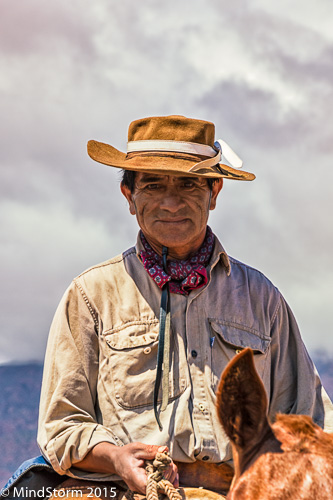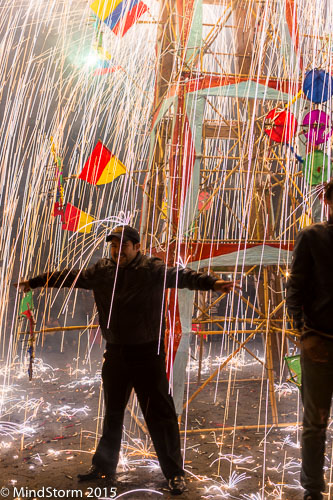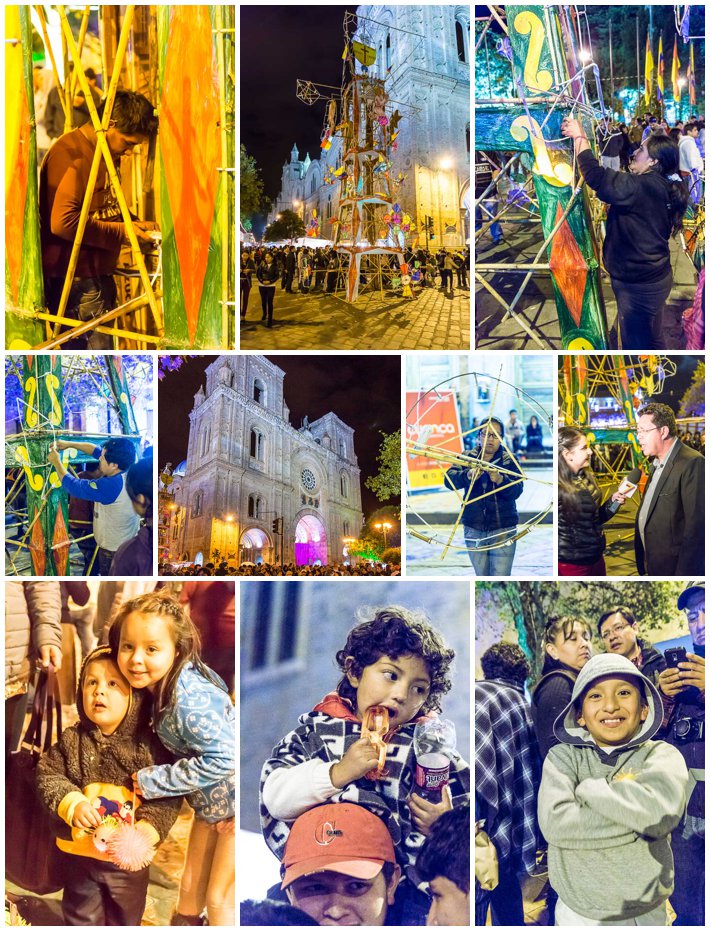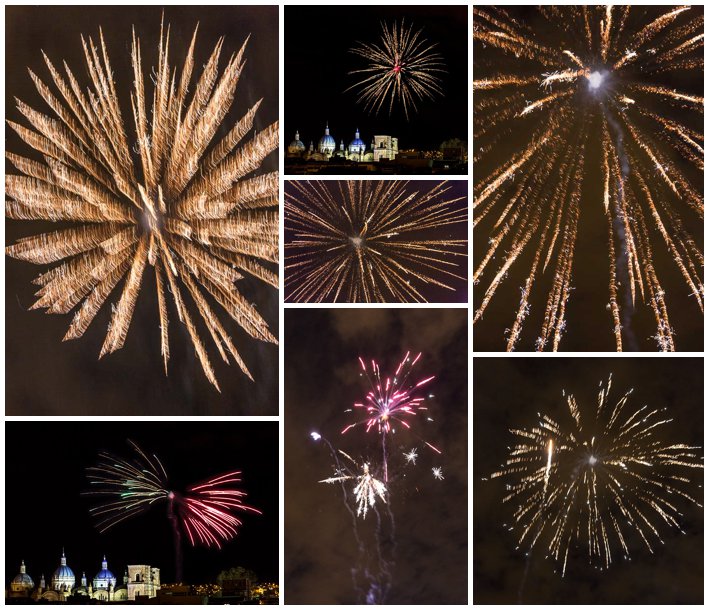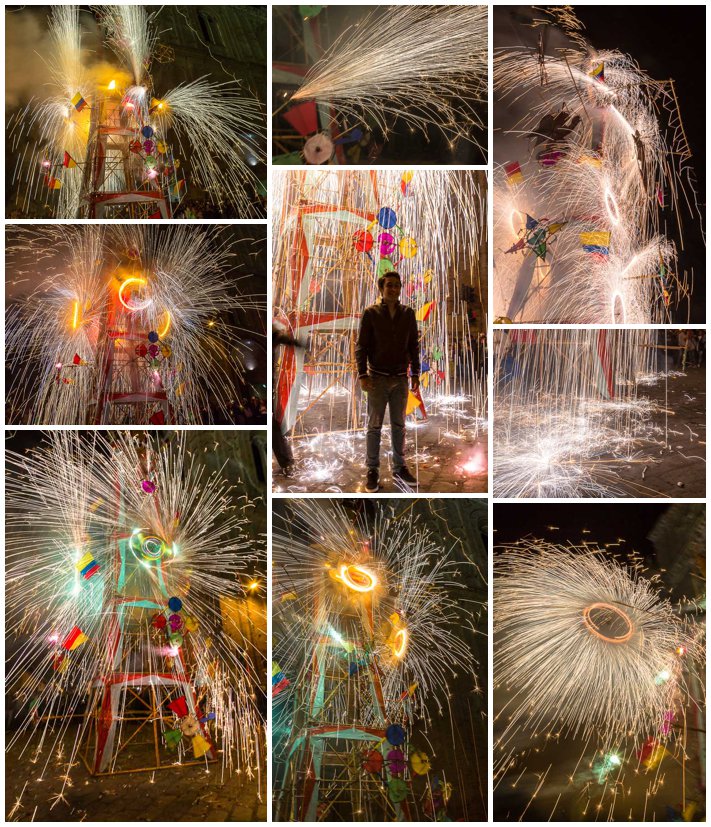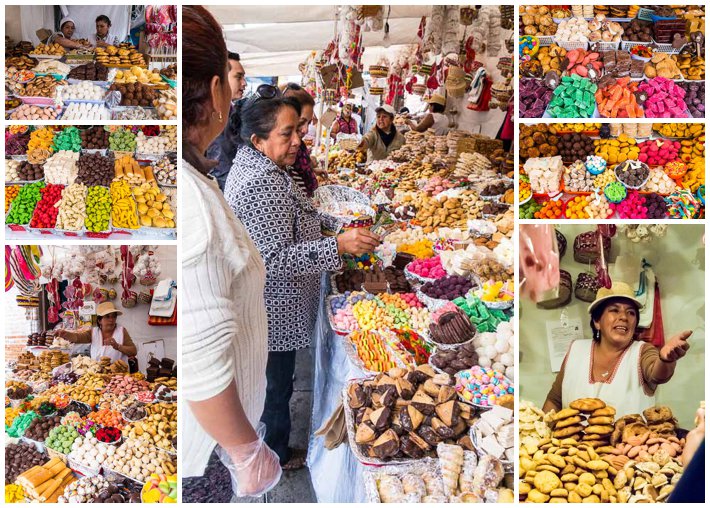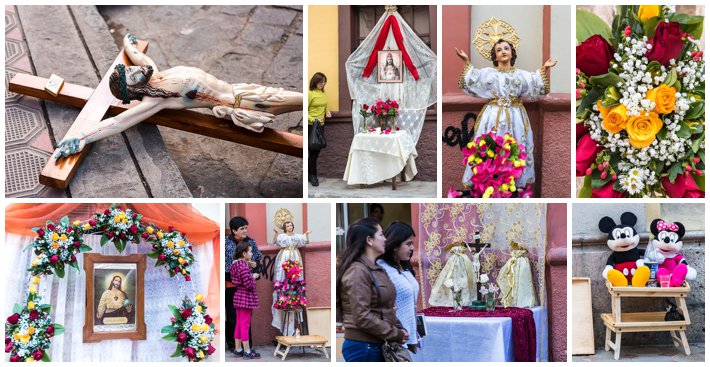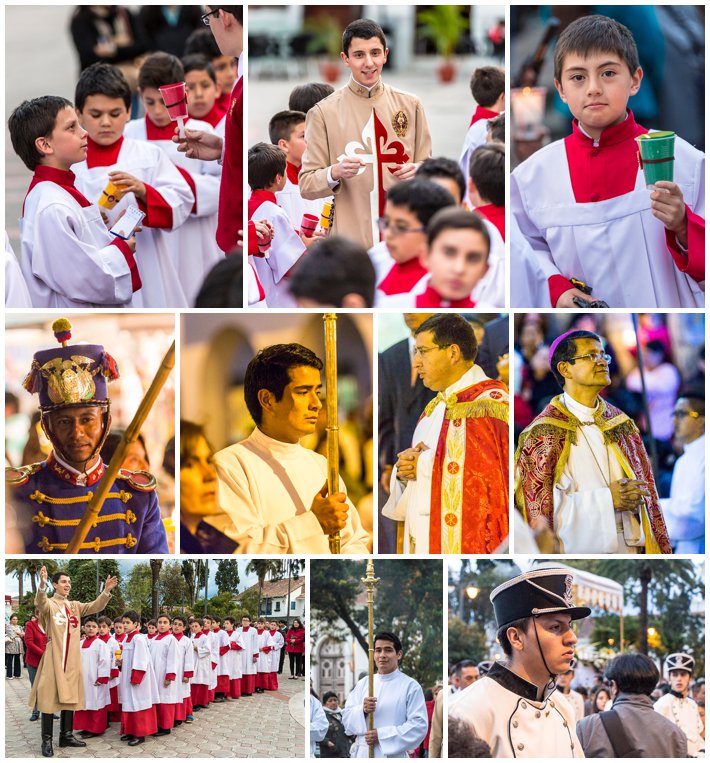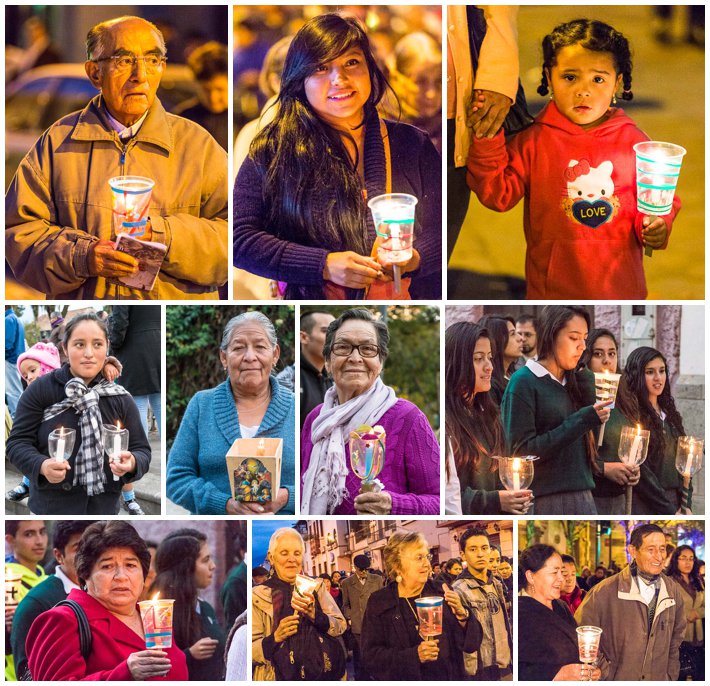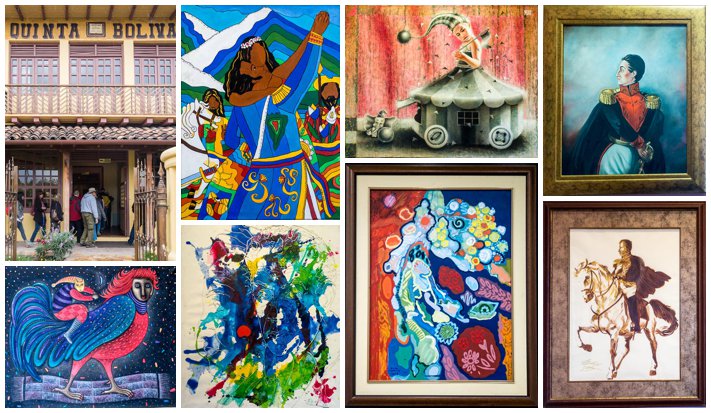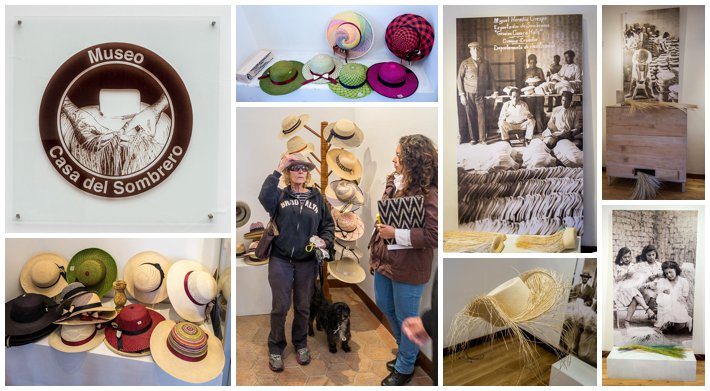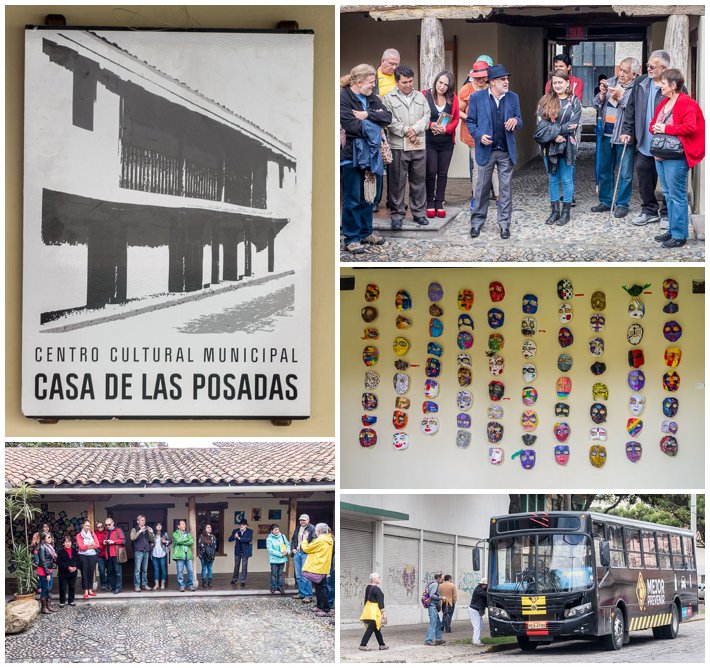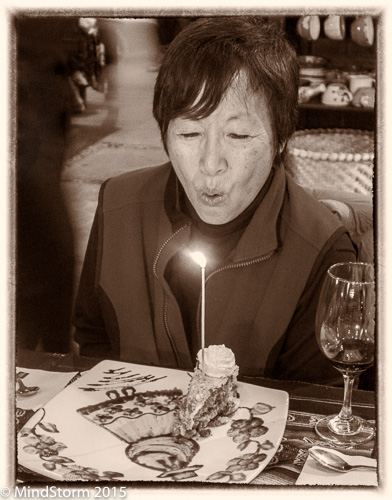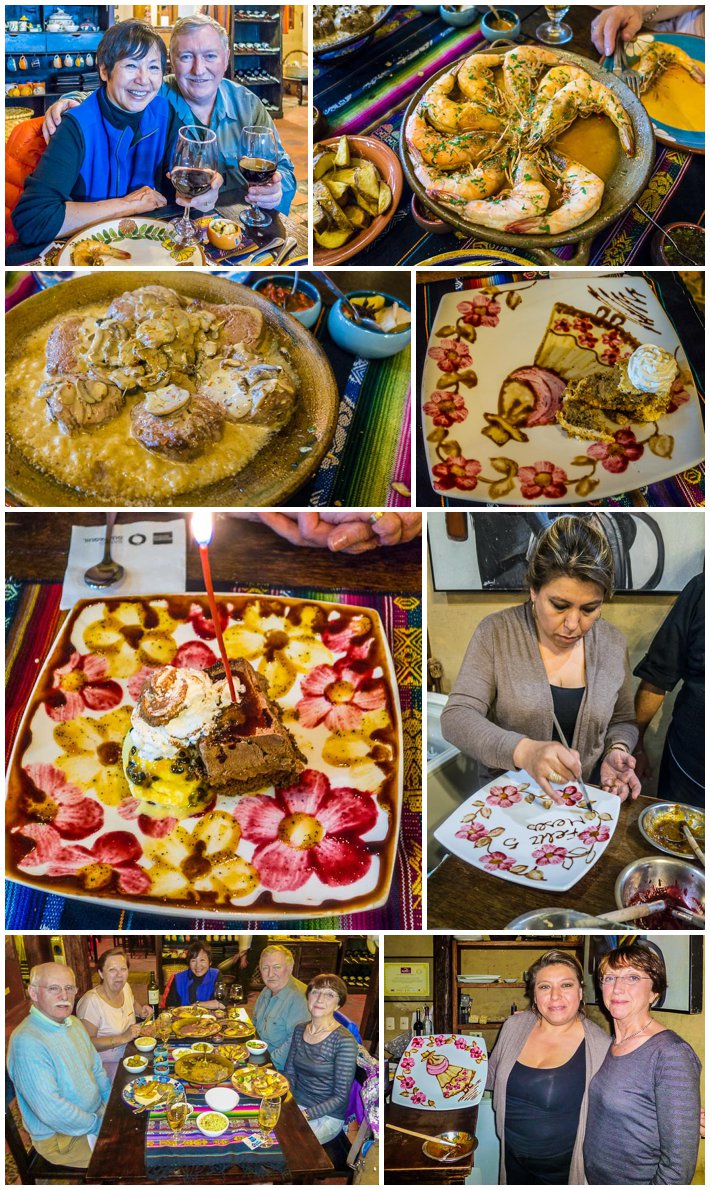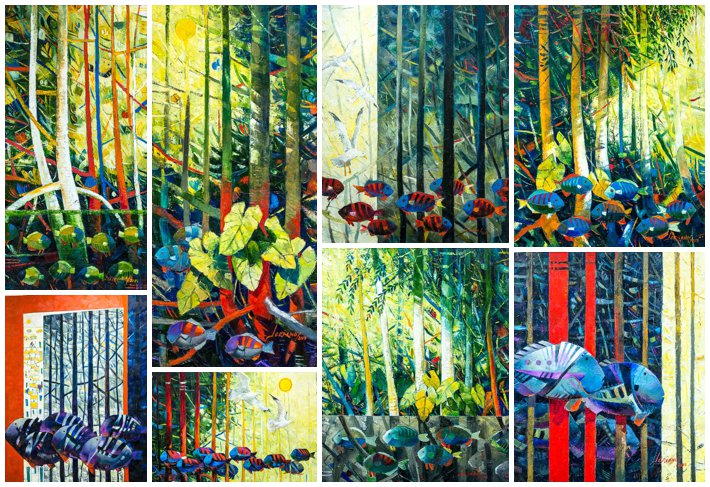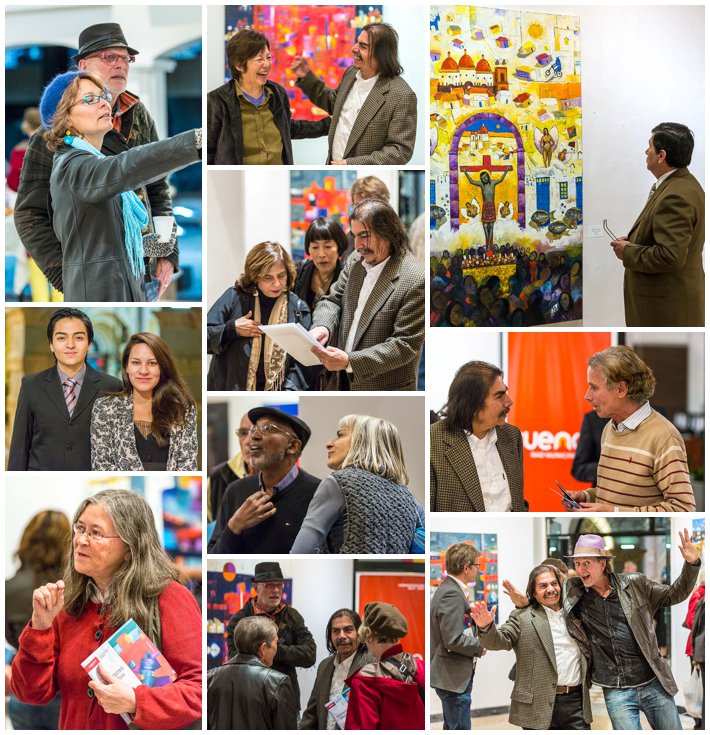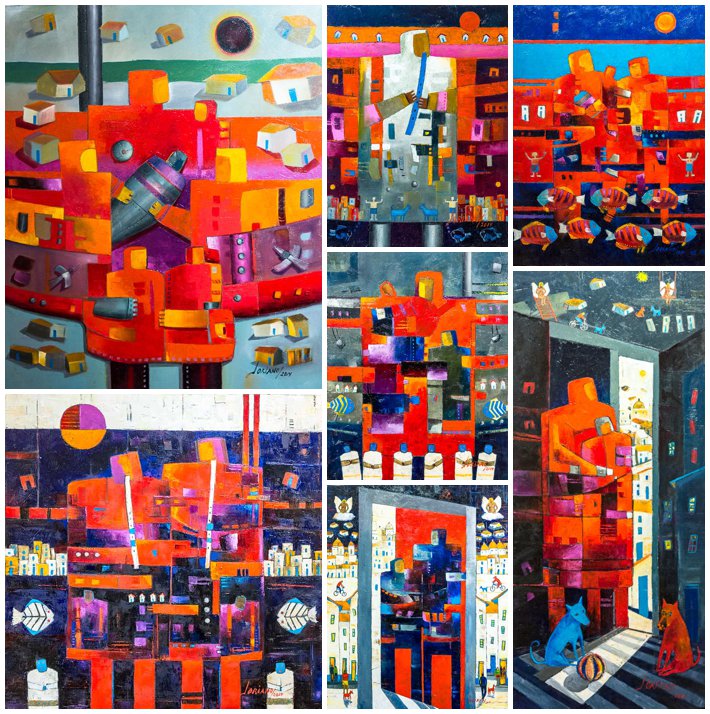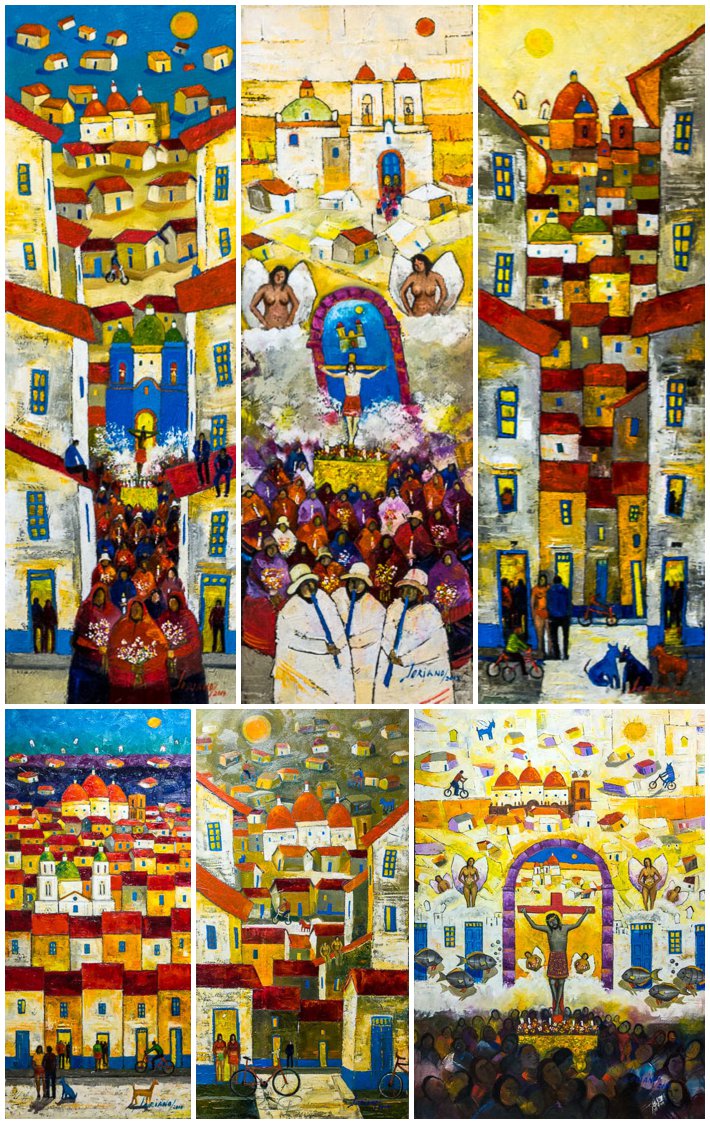 I have fished exactly once in my life, in the 1970’s using lures on the Deschutes river in Oregon. There is a story behind that one episode, but that would be a diversion here. For the last couple years in Cuenca, I have heard periodically about a local fishing guide that teaches fly fishing. I have toyed with the idea of trying this, and today finally took the plunge and went fishing with James Drummondo of Fintastic Adventures de Ecuador.
I have fished exactly once in my life, in the 1970’s using lures on the Deschutes river in Oregon. There is a story behind that one episode, but that would be a diversion here. For the last couple years in Cuenca, I have heard periodically about a local fishing guide that teaches fly fishing. I have toyed with the idea of trying this, and today finally took the plunge and went fishing with James Drummondo of Fintastic Adventures de Ecuador.
He picked me up at a park about 5 blocks from our home at 8:00. One other man was given the class as a Father’s Day gift and joined us. We then drove up to Dos Chorreras sport fishing lake, which is what they called stocked trout lakes here. You pay $1.50 to enter (which was included in Fintastic’s fee), are not allowed to throw any fish back, and pay $2.20 per pound on the fish you catch.
We spent the first hour in the restaurant, where James taught us about the poles, tackle and flies use for fishing. We then went out to the stocked lake, where he demonstrated proper casting methods, and we cast the line sans hook for a few minutes (that is James demonstrated middle-left above). We were then ready to install the flies and start actually fishing. I thought his demonstration of how to attach the fly was so clear that I could do it myself. After two failed tries though, I let him attach mine… 🙂
Within a few minutes I had caught my first 2 pound trout (center image). Another 20 minutes and I landed a 3 pounder (that is James holding my second trout middle-right). I figured two fish was my limit, so I returned to the restaurant to wait while Jerry caught one. (It was very cold, occasionally misting, and pretty windy all day up there at 11,200 ft in the Cajas!)
When everyone was happy with their take, we let the owner clean them for us. Tonight I baked the first of the two fish for our dinner.
If you have ever wanted to learn how to fly fish, I highly recommend Fintastic. James did an excellent job of teaching the basics, and has good equipment. He also has more advanced classes for those that already know the basics. For myself, it will probably be another 30 years before I go fishing again though. Personally I don’t find the throwing of a line repeatedly to catch something I could purchase at the local mercado to be as calming as some people do…
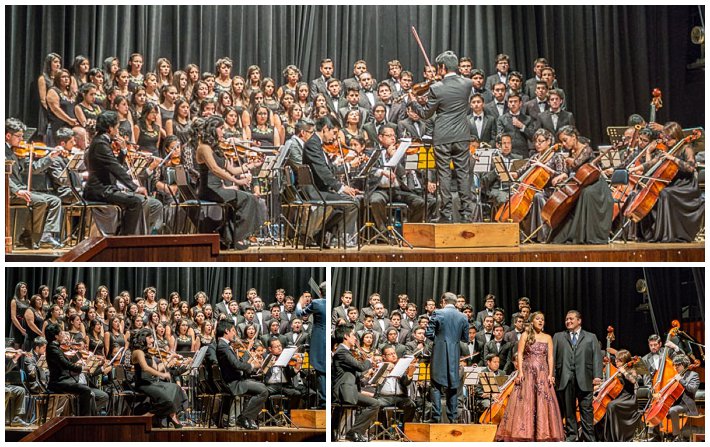 I have commented several times on the amount of free music available in Cuenca. Tonight launched the Cuenca Opera Fest 2015, with a free performance by the University of Azuay symphony and chorus. Stephanie (the daughter of Evelyn’s Spanish tutor, whom we have mentioned several times) was in the chorus (top row, left in the images above), so we decided to go. They were playing at a theater about 3 blocks from our home, which makes it particularly easy to attend.
I have commented several times on the amount of free music available in Cuenca. Tonight launched the Cuenca Opera Fest 2015, with a free performance by the University of Azuay symphony and chorus. Stephanie (the daughter of Evelyn’s Spanish tutor, whom we have mentioned several times) was in the chorus (top row, left in the images above), so we decided to go. They were playing at a theater about 3 blocks from our home, which makes it particularly easy to attend.
The theater was packed, with the last few arrivals forced to stand in the back. This symphony is much smaller than the professional Cuenca symphony we have also heard several times (also free), but they had a very nice performance. There were also four opera singers that came on singly, in pairs, and as a group for various songs.
All in all, a rather long, but pleasant day in Cuenca, Ecuador…
